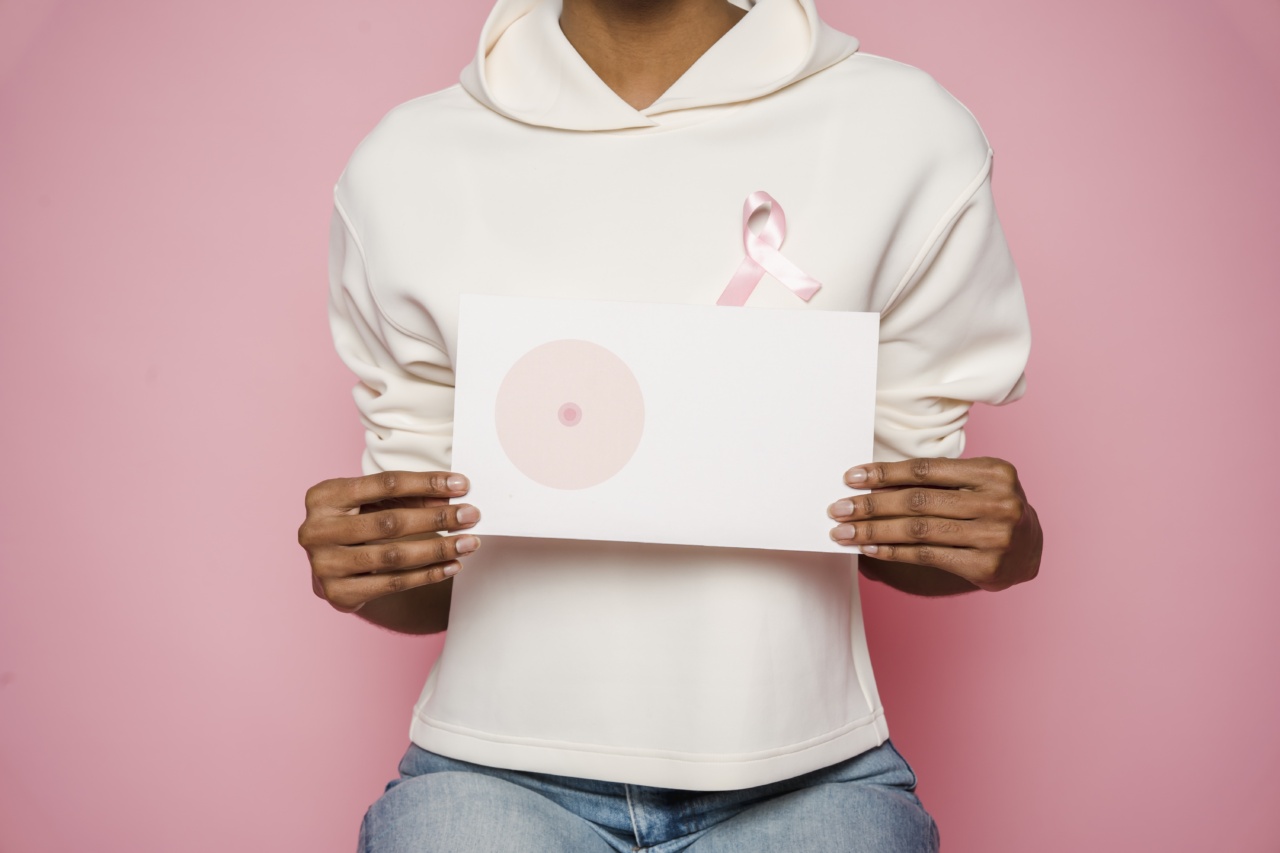Despite the advancements in medical technology and research, breast cancer still remains one of the most common types of cancer that women face today.
In severe cases, chemotherapy and radiation therapy are the only treatment options available – but even with these treatments, the cancer may spread and the prognosis can be quite grim. However, recent studies have shown that a new combination therapy for aggressive breast cancer may provide new hope for patients.
What is Combination Therapy?
Combination therapy brings together two or more types of treatment such as chemotherapy or radiation therapy, to create a more powerful and effective treatment option.
The idea behind combination therapy is to target cancer cells from different angles, in order to suppress them and ultimately stop their growth. In some cases, endocrine therapy or hormone-blocking medications can be used alongside chemotherapy to target specific proteins that fuel the growth of cancer cells.
How the New Combination Therapy Works?
Researchers have discovered a new combination therapy for aggressive breast cancer that combines two highly potent drugs – trastuzumab and lapatinib.
Trastuzumab (brand name Herceptin) is an antibody drug that targets the HER2 protein on the surface of cancer cells, while lapatinib (brand name Tykerb) is a small molecule inhibitor that blocks the signals sent by certain proteins that encourage cell growth. Together, these drugs effectively suppress the growth of specific types of aggressive breast cancer that are known to be driven by HER2 gene mutations.
The combination of these two drugs works synergistically to enhance their efficacy and lower the chances of drug resistance.
What are the Benefits of This New Treatment?
The results of clinical trials have shown that the new combination therapy can effectively slow down or even halt the growth of advanced HER2-positive breast cancer that is resistant to other treatment options.
According to one study, the new combination of trastuzumab and lapatinib was able to reduce the risk of disease progression by 42%, compared to patients who only received trastuzumab alone.
Another study showed that, in women with HER2-positive metastatic breast cancer who were treated with the new combination, the progression-free survival rate was significantly higher than in those treated with trastuzumab alone.
Additionally, the side effects of this combination treatment were found to be manageable and did not cause any significant harm to patients.
Who Can Benefit from This New Treatment?
The new combination therapy is primarily targeted at women with HER2-positive breast cancer, a subtype of breast cancer that is known to be particularly aggressive and resistant to other treatments such as chemotherapy or radiation therapy.
HER2-positive breast cancer occurs when a gene called HER2 makes too many copies of itself, leading to the production of too much HER2 protein.This protein encourages the growth of cancer cells and is often associated with a poor prognosis. The new therapy can also be used in women with metastatic HER2-positive breast cancer, where the cancer has spread to other parts of the body.
Conclusion
The development of a new combination therapy for aggressive breast cancer is a significant step forward in the fight against this disease.
The combination of trastuzumab and lapatinib has been shown to be highly effective in slowing down the growth of HER2-positive breast cancer, offering new hope for patients for whom other treatments may have failed. While the new therapy is currently only available in some countries, researchers hope that it will become more widely available in the coming years, offering a more effective and less toxic treatment option for women with aggressive breast cancer.























